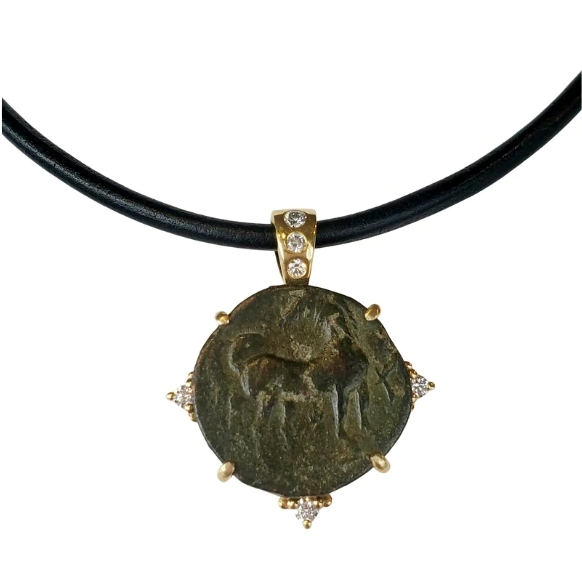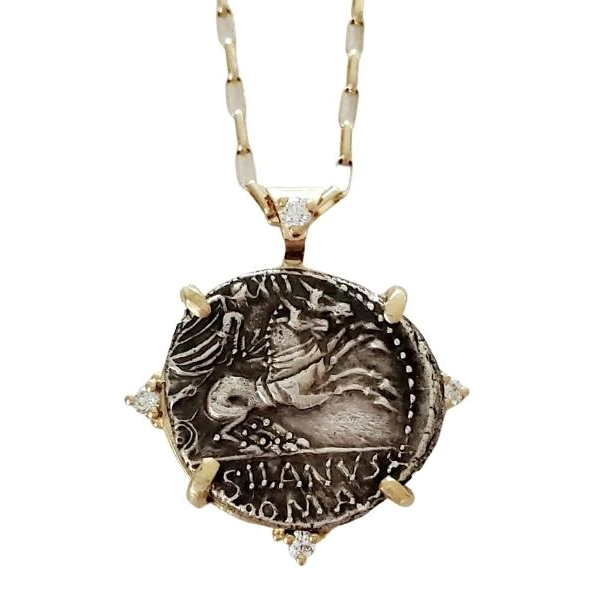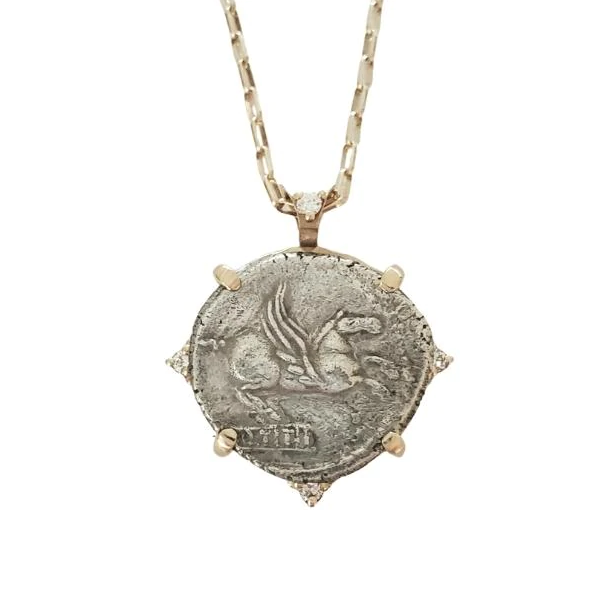Tips for Building a Collection of Personal Talismans
Ancient coins offer invaluable glimpses into the past. In a way, they allow us to travel back in time, so it’s no wonder why so many people find them fascinating and even collect them. But collecting ancient coins doesn’t equal simply getting your hands on as many of these precious objects as possible. It’s a hobby that requires a certain level of commitment as well.
To preserve the beauty and value of your ancient coins, you need to clean them carefully, especially if you purchased them uncleaned, making them unidentifiable. But don’t worry, cleaning and restoring 2,000-year-old coins is easier than it sounds.
GREEK BRONZE CARTHAGE ZEUGITANA HORSE 215-201 BC (118)

Two Tips on How to Clean and Restore Ancient Coins
Ancient coins, unlike their modern-day counterparts, were often made from valuable metals, such as gold, silver, and electrum (which is technically an alloy of gold and silver). Take a look at the two safest and most effective ways to clean and restore such coins.
1. Soak Your Coins in Distilled Water or Olive Oil
Collecting ancient coins can be a costly pastime. One of the best ways to save money is to buy uncleaned ancient coins. These coins are not easily distinguishable as they’re heavily encrusted, which means you’ll need to do some restoration work before you safely store them away. Soaking them in distilled water for a full month is a great option.
The process is very simple but requires a lot of patience. First, place your coins in a bowl of distilled water and let them soak for a week. (Tap water isn’t a smart choice here because it can inhibit the cleaning process due to its ion and mineral content.) You need to give the distilled water time to loosen the dirt on your coins.
Once a week has passed, gently scrub your coins with a toothbrush and change the water. Then, repeat the above-mentioned steps for three more weeks. If you can’t identify the details on your ancient coins when the month ends, consider repeating the whole process for another month, but this time switch distilled water with pure olive oil and use a closed container.
Soaking ancient coins in pure olive oil is an old and highly reliable cleaning method, but it’s also very slow. If you don’t want to wait a month or two to see satisfactory results, you should definitely go with our second suggestion.
ROMAN VICTORY 2 HORSE CHARIOT 91 BC (035)

2. Clean Your Coins With Toothpicks
Mechanical coin-cleaning methods produce quick results but require a great deal of care. When it comes to hand-cleaning tools, you can choose from a number of different options, including dental picks, X-acto knives, and toothpicks. As you can see from the section’s title, we strongly suggest opting for toothpicks as they’re much softer than ancient coins, meaning it’s highly unlikely that you’ll damage your collectibles with them.
To restore and clean a single ancient coin, you’ll need:
- A few toothpicks;
- A pair of scissors;
- Some olive oil;
- An acid-free coin brightener;
- Vaseline;
- A few cotton swabs;
- A lint-free cloth;
- A magnifying glass;
- A pair of safety glasses to protect your eyes from flying debris.
ROMAN 90 BC SILVER TITIUS PEGASUS (122)

Start by applying a little bit of olive oil to a small area of the coin to help loosen the dirt. Then, take a toothpick, cut off its ends, and gently push away the dirt with the help of a magnifying glass. You’ll probably need to do this for around 15 minutes before you start seeing the outline of what the coin used to look like.
Once you can see the details on the coin, put the toothpick aside and apply a few layers of high-quality coin brightener with a clean cotton swab to remove any remaining dirt. Make sure to use an olive oil-based one to minimize the risk of damage. Feel free to scrub the coin with the cotton swab if there’s still some dirt left.
Finally, apply a thin layer of Vaseline to the coin with a clean cotton swab and then lightly dab it with a lint-free cloth. This will remove any remaining dirt or dust without reducing the coin’s value.
Final Thoughts
As you can see, cleaning and restoring ancient coins is a delicate process. You want to avoid using acids and harsh chemicals as they can strip off all the antiquity from the coin’s surface. The two methods we explained above last longer, but the results they can produce are definitely worth the wait.
Shop our collection of ancient coins by visiting this page.
